The Most Expensive Ingredients in Japan: The Rarest Beef on Earth! Wagyu!
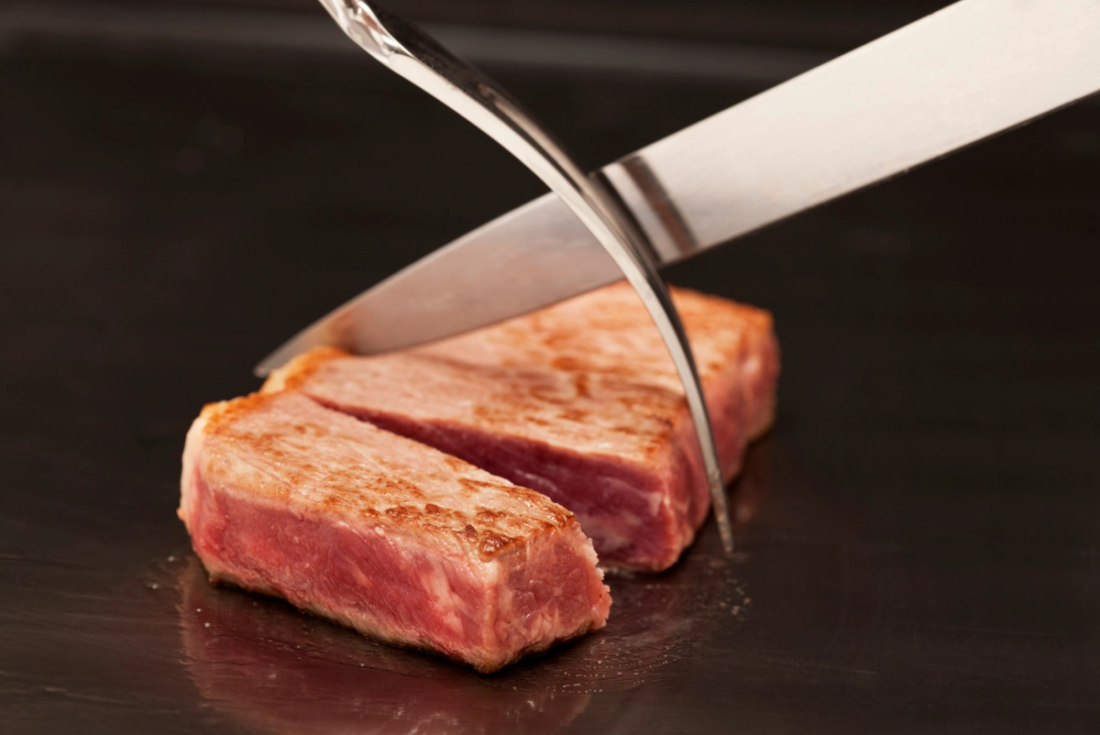
The Most Expensive Ingredients in Japan: The Rarest Beef on Earth! Wagyu! – Eat Pro Japan
It is no secret that the Japanese love high quality when it comes to food, and are willing to pay the high price for it. Last time, we here at Eat Pro Japan brought you all the details about a million-dollar tuna. This time, we will be going over the rarest beef on Earth: Wagyu!
What is Wagyu?
“Wagyu” literally means “Japanese cow.” The original breeds of cow that became the basis for current day Wagyu (kuroge, akage, nihon tankaku, mukaku) were bred for endurance. This caused the fat cells of these cows to be more evenly distributed with their bodies, making their meat pinker and more tender than regular cows. Today, there are 300 brands of Wagyu, with varieties like Kobe, Kagoshima, and Miyozaki. These luxurious cows are even regulated tightly by the Japanese government to protect their value and quality.
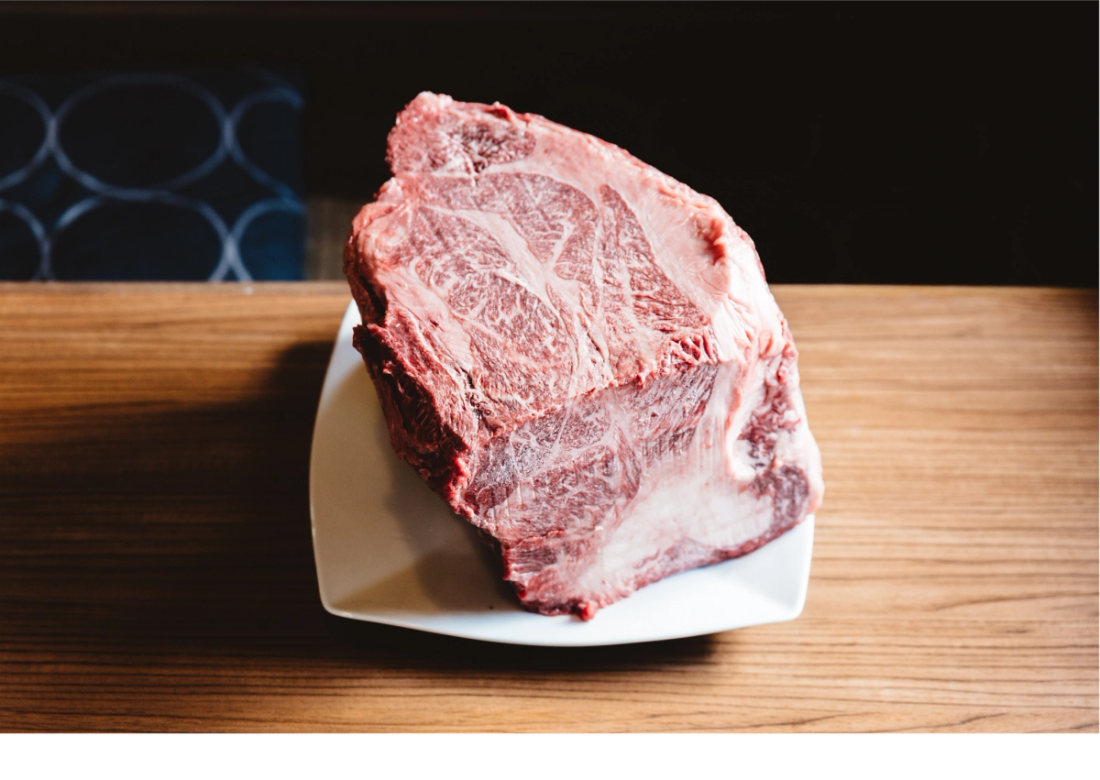
The Most Expensive Ingredients in Japan: The Rarest Beef on Earth! Wagyu! – Eat Pro Japan
Those who have tried Wagyu can attest to not only the spectacular flavor, but also to high price tag that goes with it. Wagyu cows can sell for up to $30,000 (USD) per cow, while Wagyu meat can sell for up to $350 (USD) per kg ($200 per lbs). But why are these cows so revered and so expensive? It comes down to two factors: handling and taste. Wagyu cows are raised by small breeders on a farm from the day they are born. When they are about 10 months old, they are then sold at auction to a fattening farm before finally being sold to restaurants. At these fattening farms, Wagyu cows are fed a mix of fiber and high energy concentrate. After two years, having eaten 5 tons of feed, the cows will be almost 50% fat. This lengthy process, as well as the general rarity of each of these manicured cows, increases the price because of just how much effort and care goes into raising them. The second aspect of Wagyu’s high price is its legendary taste. The meat is richly marbled, with an almost buttery taste. This fatty, rich meat is extremely tasty, and many connoisseurs will attest that it is worth the high price tag.
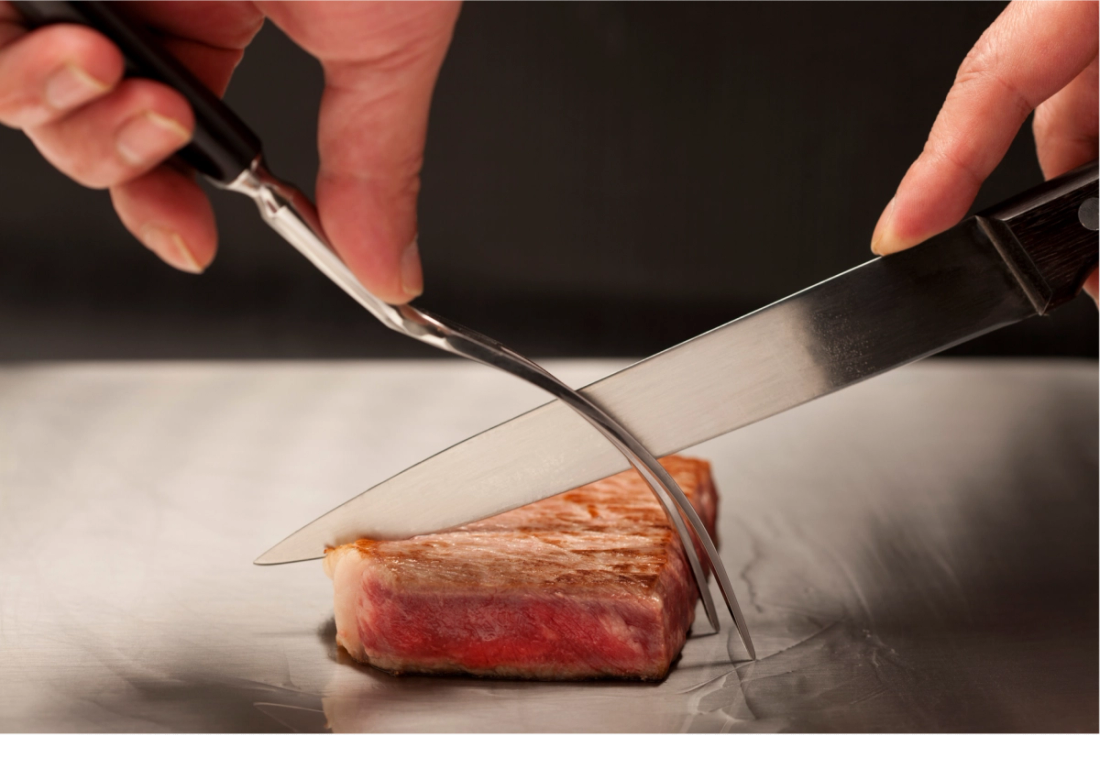
The Most Expensive Ingredients in Japan: The Rarest Beef on Earth! Wagyu! – Eat Pro Japan
One of the most prized varieties of Wagyu is Olive Wagyu. In 2006, a Wagyu farmer named Misaki Ishii decided to try adding a kiss of olives to the taste of his Wagyu cows. He pressed dried olive peels and mixed it into the feed of his Wagyu cows. This caused the oleic acid levels in the cows to increase, giving Olive Wagyu a distinctive umami flavor and an even more tender texture. A5 Olive Wagyu is the world’s rarest steak, with only 2,200 cows being raised in 2018.
But what does A5 Olive Wagyu mean? Well, A5 is one of the many ratings given to Wagyu meat. Let us take a short look at the rating system of Wagyu.
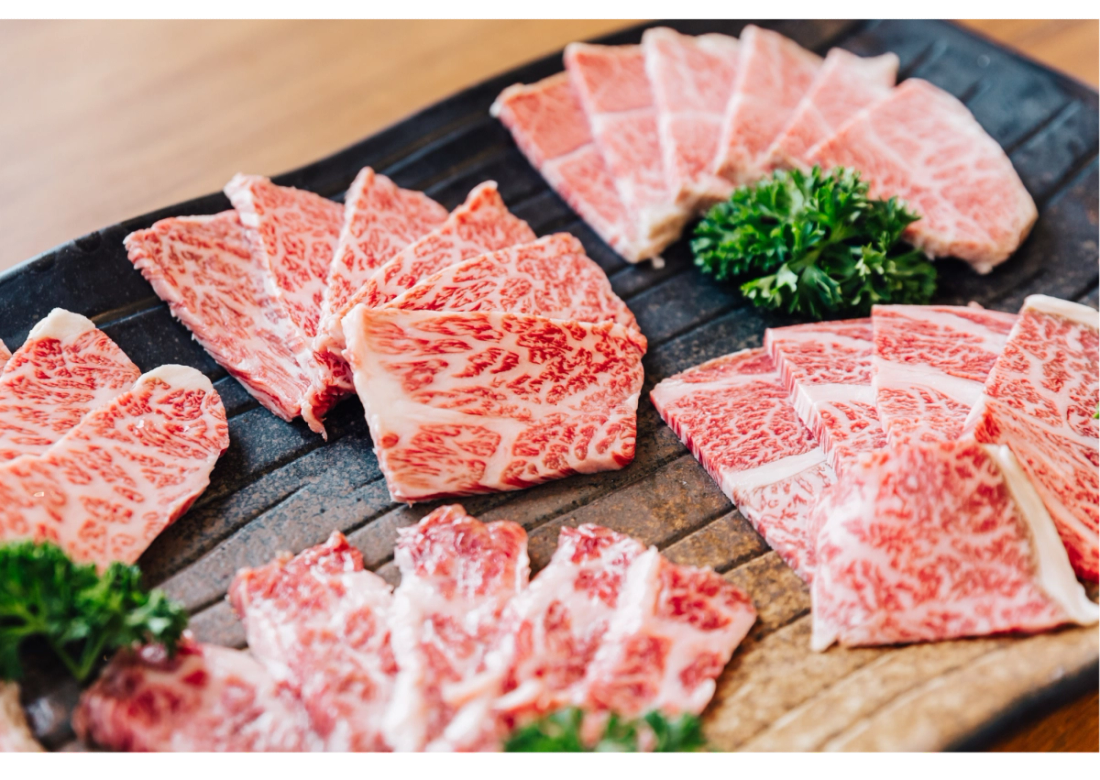
The Most Expensive Ingredients in Japan: The Rarest Beef on Earth! Wagyu! – Eat Pro Japan
How to Rate the Rarest Beef on Earth
Wagyu meat is graded by the Japanese Meat Grading Association based on the yield of the meat and the quality of fat in the meat.
The yield shows the cutability of the meat and is expressed as a ratio of meat to the total carcass. In other words, it tells you how much of the meat from a particular cow is usable for consumption. Meat is rated on a scale from A (72% yield) through to C (under 69% yield).
The quality of the fat is rated on a scale from 1 to 5, with 5 being the highest quality. First, each piece of meat is given a score from 1 (lowest quality) to 12 (highest quality), based on the color and brightness of the meat, its firmness and texture, its fat marbling, and the color and brightness of the fat itself. Then, based on the number score, the meat is awarded a rating from 1 (lowest quality) to 5 (highest quality).
A rating of 5 means that a cut of meat has a high amount of intramuscular fat (marbling), as well as excellent luster and sheen.
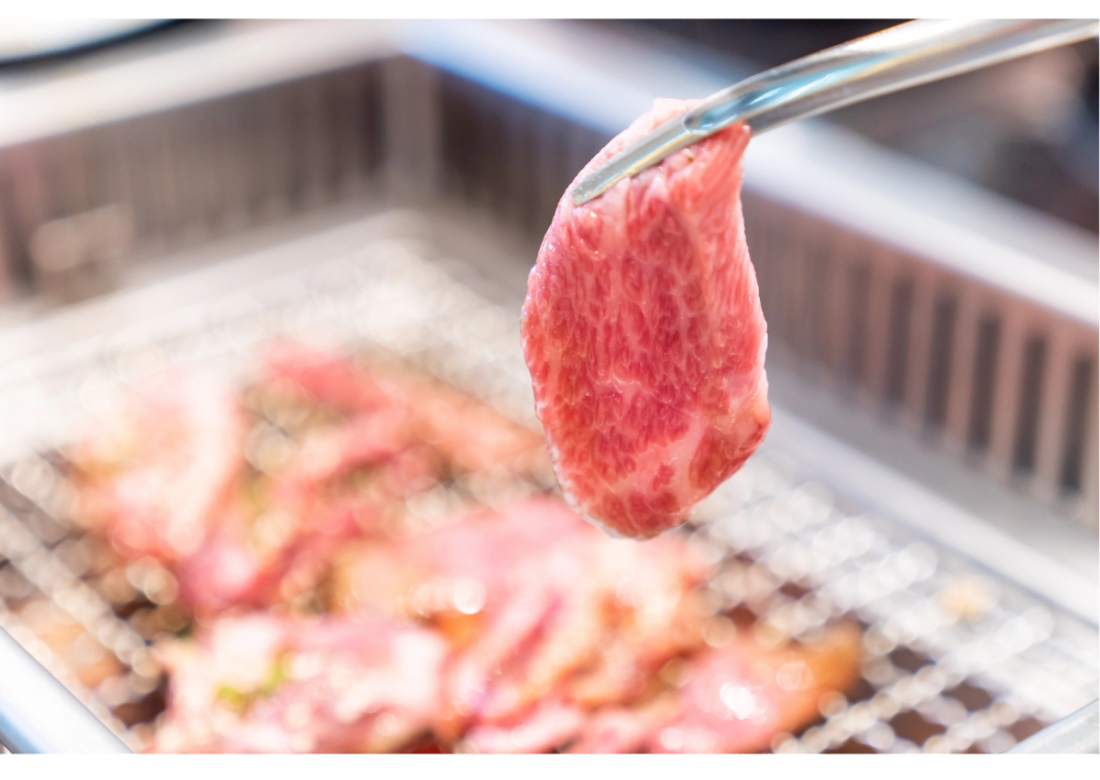
The Most Expensive Ingredients in Japan: The Rarest Beef on Earth! Wagyu! – Eat Pro Japan
Only Wagyu rated A5 to A3 is certified to sell in Japan, and the higher the grade of meat, the higher the price. A3 Wagyu is closer in taste to Prime US steaks. However, it still has that distinct melt in your mouth flavor that makes Wagyu so popular. You can eat more A3 Wagyu than A4 or A5, as A3 is slightly leaner. A4 Wagyu has more of a chew than A5 Wagyu. But make no mistake, A4 Wagyu is still more tender and buttery than the many other kinds of steak that you might eat. Its rich marbled meat is still a culinary experience well worth the asking price. A5 Wagyu is the highest quality grade of meat available on the market. Unbelievable tenderness and exquisite marbling combine with a symphony of flavor unlike anything else you can buy. Do yourself a favor and experience it for yourself.
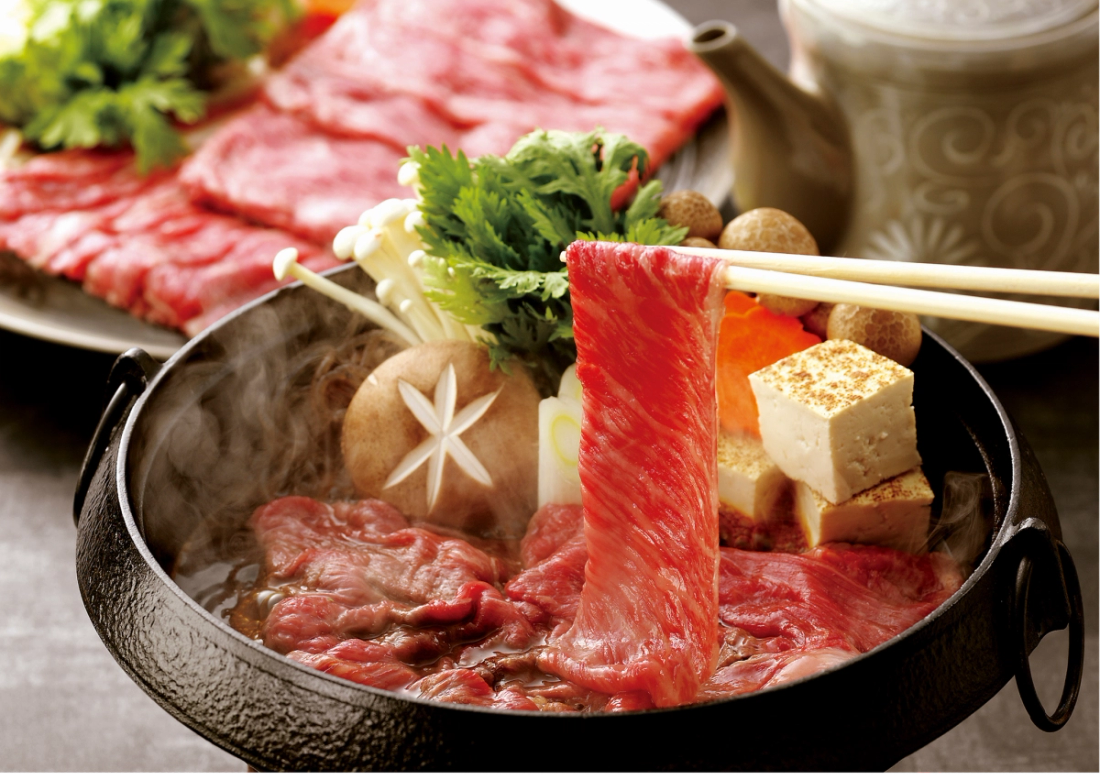
The Most Expensive Ingredients in Japan: The Rarest Beef on Earth! Wagyu! – Eat Pro Japan
Wagyu Dishes to Savor
Most of the dishes that use Wagyu remain simple to highlight the electric experience of tasting Wagyu, especially when using A5 Wagyu. A New York restaurant sells simple Katsu Sandos, a type of sandwich with fried meat in the center, with Wagyu for a measly $85 (USD). A simple Olive Wagyu steak can sell for $120 to $300 (USD), and an A5 Olive Wagyu rib-eye can go for $240 (USD). Typically, these steaks are grilled to preserve the true, rich flavor of the Wagyu. However, many chefs cook culinary masterpieces that use Wagyu as an expensive piece of the puzzle. A sukiyaki slowly cooks the Wagyu in a pot with vegetables and other condiments, creating a wonderfully flavored hotpot. Lastly, of course, it would not be Japan without sushi. A few of the restaurants lucky enough to obtain a cut of Wagyu slice it thin to create raw Wagyu nigiri-zushi. The tender and rich flavor of the Wagyu makes this sushi unlike any you have ever had before.
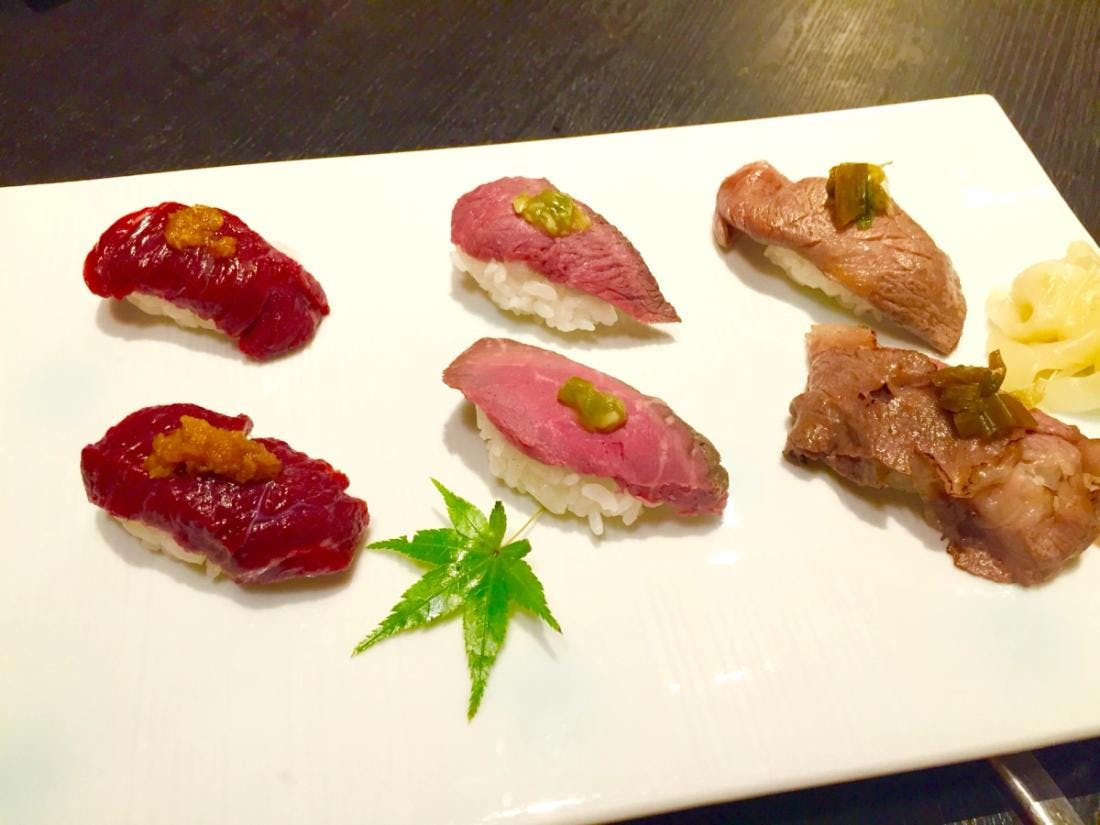
The Most Expensive Ingredients in Japan: The Rarest Beef on Earth! Wagyu! – Eat Pro Japan
Whether it is because of a dare or their own unavoidable curiosity, people across the world have splurged to experience the wonder of Wagyu. It does not matter if it is A3 or the coveted A5, if you try this type of Japanese beef you will taste the “melt in your mouth” difference!